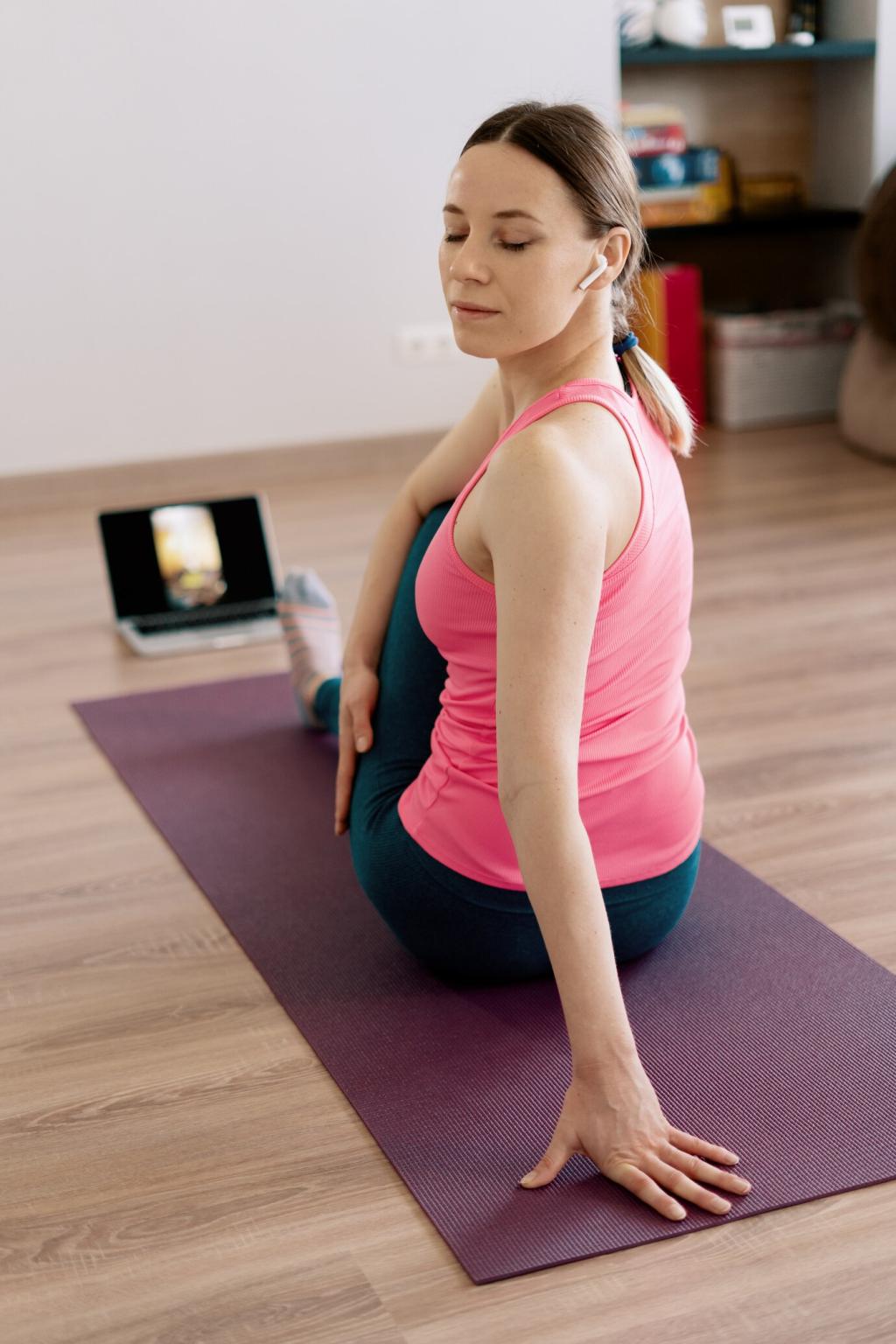
Designing Inclusive Yoga Classes for Beginners
Today’s chosen theme: Designing Inclusive Yoga Classes for Beginners. Welcome to a friendly space where we build classes that feel safe, supportive, and empowering from the very first breath. Read on, share your questions, and subscribe to help shape future inclusive lessons.
Inclusivity is more than a slogan; it is the lived experience of students who feel welcomed, understood, and never pressured to perform. Clarify that all shapes, ages, histories, and identities are valued. Invite curiosity, celebrate differences, and keep learning alongside your community.
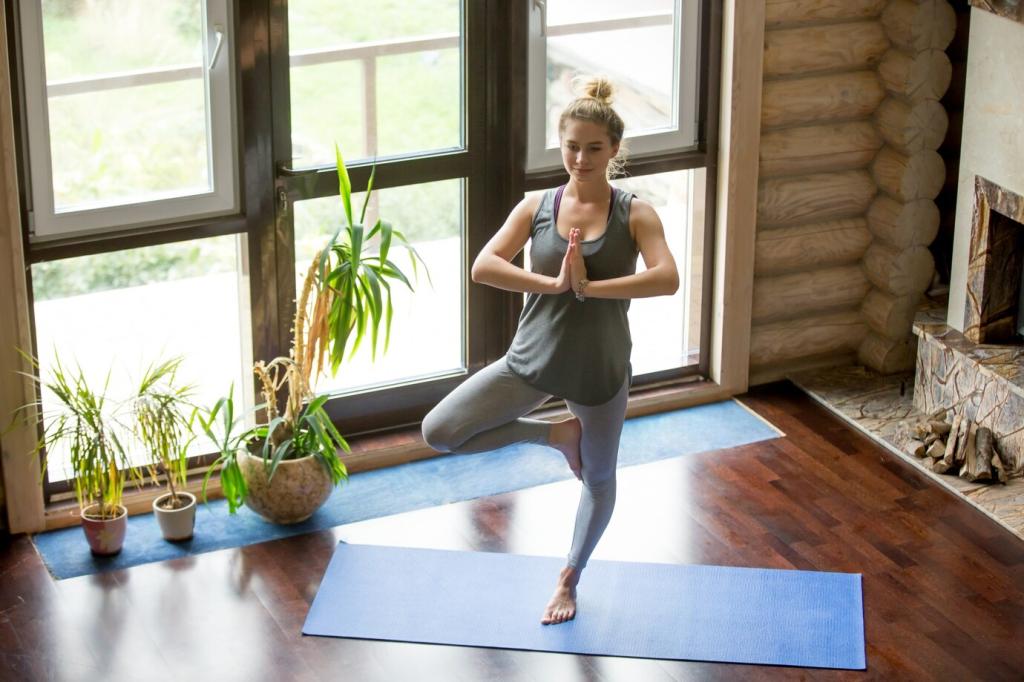
Language That Invites, Not Insists
Choice-Based Cues
Offer “try,” “explore,” and “if it feels okay” instead of “must” or “should.” Provide at least two variations per pose before demonstrating the most demanding version. Invite students to choose versions that support their body’s needs today, without apology or explanation.
Trauma-Informed Communication
Use predictable pacing, clear transitions, and non-triggering language. Avoid commanding tones or surprise changes in lighting and music. In designing inclusive yoga classes for beginners, remind students they may opt out at any time. Stability and choice can transform anxiety into trust.
Consent-Forward Assists
Make hands-on support optional with consent cards, stickers, or verbal check-ins. Describe assists before offering them. If consent is uncertain, skip it. Many beginners—like Alex, who shared past discomfort—find agency and comfort when teachers consistently honor boundaries without question.
Layered Progressions
Teach from stable to complex: start with breath and foundation, then add movement, balance, and strength. Offer layers like building blocks, not tiers of achievement. Celebrate students who remain with a supportive layer as much as those who explore deeper variations.
Chair and Wall Options
Include chair sun salutations, wall-supported standing poses, and seated twists for dizziness or limited mobility. Rita, a newcomer navigating knee pain, discovered joy in wall-supported Warrior II. She left smiling, surprised by strength she could feel without strain or fear.
Prop Power Without Intimidation
Normalize props as smart tools, not crutches. Demonstrate blocks under hands in forward folds, straps for shoulders, and bolsters for rest. When designing inclusive yoga classes for beginners, place props within easy reach so students use them confidently, without feeling singled out.
Design For Diverse Bodies and Conditions
Offer wider stances, external rotation options, and block height choices. For hypermobility, prioritize strength, steady holds, and micro-bends. Emphasize sensation over shape to reduce overextension. Ask for feedback after class to refine modifications that feel supportive and dignifying.
The Environment Sets The Tone
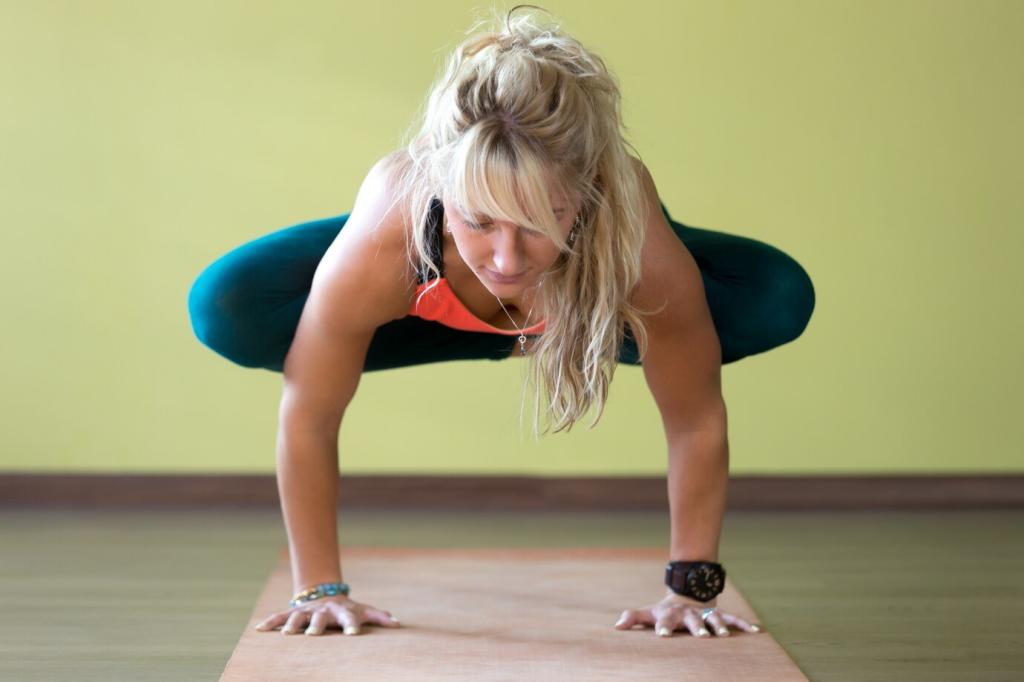
Room Flow and Clear Landmarks
Create wide walkways, mark mat spots, and ensure easy access to props and exits. Share bathroom locations and seating areas upfront. Label options on a whiteboard so late arrivals can orient quickly without stress or attention drawn to them.
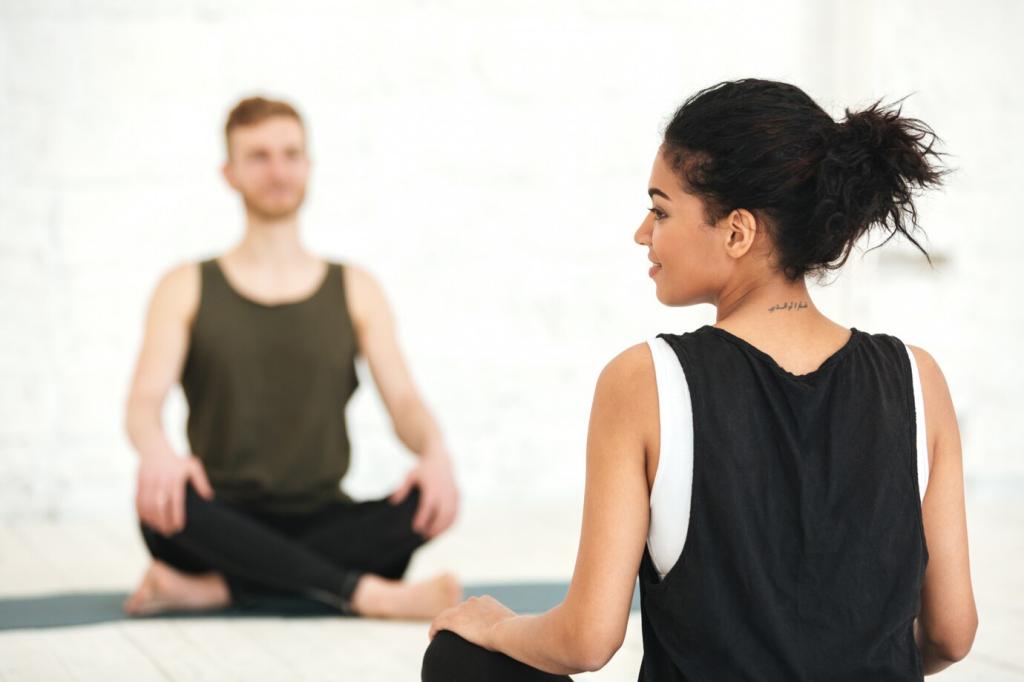
Sound, Light, and Scent
Keep lighting soft but sufficient for visibility. Avoid strong scents and loud playlists; offer a low-volume, lyric-light mix. Announce any changes before adjusting dimmers or music. Small sensory considerations help beginners stay present instead of overwhelmed or distracted.
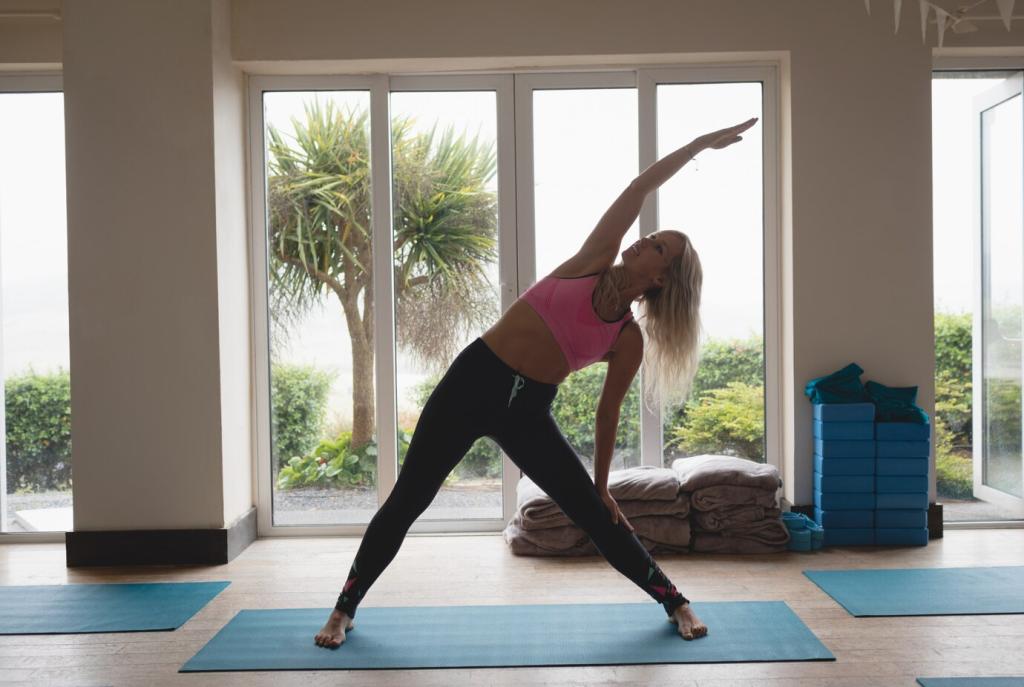
Timing and Transitions
Begin on time, leave room for questions, and protect a generous savasana. Announce transitions with time markers: “two more breaths,” “last minute here.” Clear pacing helps new students relax, knowing what’s next and how long their bodies will be in each shape.
Breath, Mindfulness, and Cultural Respect
Start with simple nasal breathing and counted exhales. Avoid aggressive practices that can provoke dizziness. Explain why breath helps regulate the nervous system, and invite students to pause if agitation rises. Offer options seated, standing, or reclined for comfort and stability.
Breath, Mindfulness, and Cultural Respect
Use short, concrete anchors: feel the mat under heels, track breath in the ribs, or notice three sounds. Encourage journaling a sentence after class. Ask readers to comment with their favorite anchor and subscribe for weekly beginner-friendly mindfulness prompts.
Breath, Mindfulness, and Cultural Respect
Acknowledge yoga’s South Asian roots and cite teachers who inspire you. Avoid exoticizing language. Share culture with gratitude, not branding. Designing inclusive yoga classes for beginners includes crediting traditions and inviting continued learning through recommended readings and community conversations.
